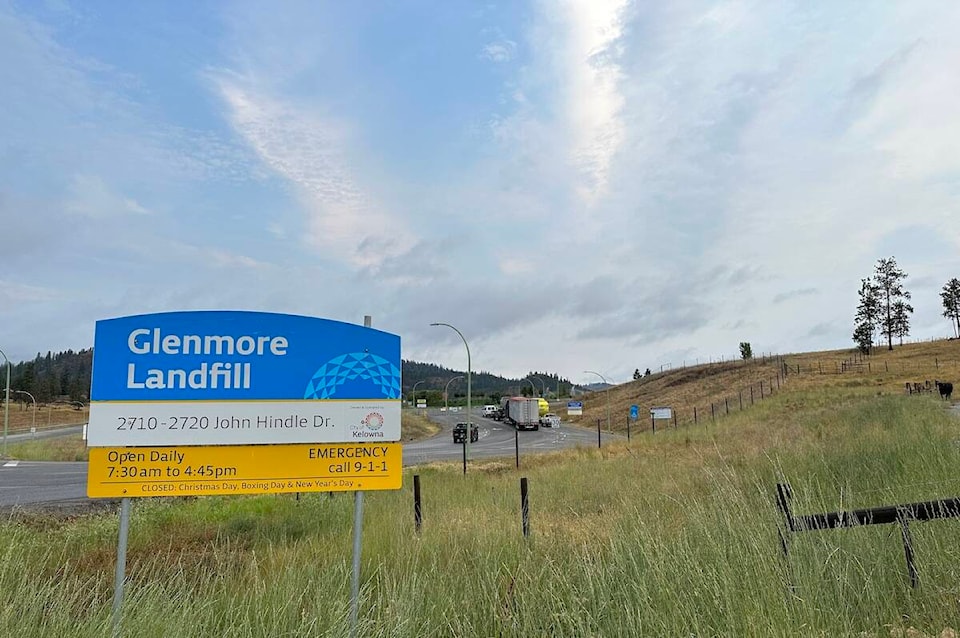Audits done by Recycle BC show hazardous materials regularly end up in curbside recycling bins.
Hazardous waste is anything that is corrosive, flammable or poisonous.
91¬„¡ƒ ”∆µúThat91¬„¡ƒ ”∆µôs extremely dangerous for collection staff, vehicles, and sorting equipment and recycling facilities,91¬„¡ƒ ”∆µù said Rae Stewart, waste reduction facilitator with Regional District Central Okanagan (RDCO).
Even e-cigarette batteries, small power tools, smoke alarms and even children91¬„¡ƒ ”∆µôs toys with batteries left inside can present risks.
READ MORE: Second fire in 9 days at Kelowna91¬„¡ƒ ”∆µôs Glenmore Landfill
91¬„¡ƒ ”∆µúWe hope residents will appreciate the risks posed by these hazardous materials and help keep our workers safe by disposing of them properly,91¬„¡ƒ ”∆µù said Candace Pilling, solid waste supervisor with the City of Kelowna. 91¬„¡ƒ ”∆µúLithium-ion batteries have become a common cause of fires at the landfill.91¬„¡ƒ ”∆µù
Hazardous waste cannot be placed in curbside bins, waste containers at construction sites, dropped at the Glenmore Landfill or left at other transfer stations and collection depots.
Residents should be careful how they dispose of appliances, electronics, chemicals and other household items that can be dangerous when not managed safely, she added.
Electronics and other hazardous wastes need to be disposed of at approved third-party facilities.
For information on where to dispose of hazardous materials appropriately visit the or use the .
READ MORE: Wear your lifejacket, Kelowna RCMP tell paddleboarders
gary.barnes@kelownacapnews.com
Like us on and follow us on and subscribe to our daily and subscribe to our daily newsletter.



